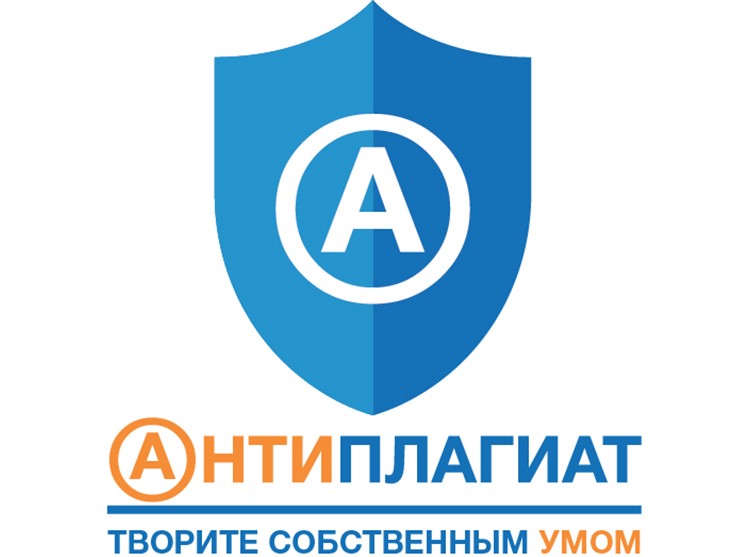ANALYSIS OF A LACQUER CUP FROM THE XIONGNU GRAVE IN TAMIR VALLEY, MONGOLIA
Abstract
The Xiongnu Empire (3rd century BCE to the 1st century CE) controlled the Central Asia regions of the Silk Road; the economic and cultural relations with Han are evidenced by the availability of Chinese lacquered objects in the Xiongnu burials in Mongolia. This work focuses on the characterization of materials from fragmented pieces of a lacquer cup excavated in Tamir Valley, Arkhangai province (Central Mongolia), which dates to the Xiongnu period. Multi-analytical spectroscopic techniques were performed, including scanning electron microscopy by X-Ray energy dispersive spectroscopy and FUR spectroscopy. The results show that the lacquer cup fragments consist mainly of a three-layer structure, which include a lacquer pigment layer, a fiber layer and a wood foundation layer. The lacquer ground layer under study is a mixture of organic materials including urushi, possibly burned ashes and inorganic fillers such as quartz and feldspar. Further, this work will focus on comparing the lacquer ware excavated in different places and from the same period in order to provide information for further studies such as the chronological distribution of lacquerwares in Mongolia.
Downloads
References
Chistyakova A.N. Lacquer Cups of the Western Han Dynasty (Noin Ula, Mongolia): an Analysis of Inscriptions // Archaeology, Ethnology & Anthropology of Eurasia. 2011. №39. P. 83–89. DOI: 10.1016/j.aeae.2012.02.009
Derrick M., Druzik C., Peusser F. FTIR Analysis on Authentic and Stimulated Black Lacquer Finishes on Eighteenth Century Furniture // Urushi: Proceedings of the Urushi Study Group. / N.S. Brommelle, P. Smith (Eds.). Tokyo : The Getty Conservation Institute, Dai Nippon, Japan, 1985.
Elikhina J., Novikova O, Khavrin S. Chinese Lacquered Cups of the Han Dynasty from the Collection of Noyon‐Uul, the State Hermitage Museum: Complex Research Using the Methods of Art History and Natural Science // Asian Archaeology. 2014. №2. Pp. 93–107.
Hao X., Wu H., Zhao Y., Tong T., Li X., Yang C., Tang Y., Shen X., Tong H. Analysis on the Composition / Structure and Lacquering Techniques of the Coffin of Emperor Qianlong Excavated from the Eastern Imperial Tombs // Scientific Reports. 2017. №7. DOI:10.1038%2Fs41598-017-08933-8
Jin, P., Hu, Y., Gu, X., and Ji, X. Research on the Making Techniques about Lacquer Plaster Layer of Lacquer Wares Excavated from Jiuliandun Tombs // Jianghan Archaeology. 2012. №4. Рp. 108–111.
Karpova E., Nefedov A., Mamatyuk V., Polosmak N., Kundo L. Multi-analytical Approach (SEMEDS, FTIR, Py-GC/MS) to Characterize the Lacquer Objects from Xiongnu Burial Complex (Noin-Ula, Mongolia) // Microchemical Journal. 2017. №130. P. 336–344. DOI:10.1016/j.microc.2016.10.013
Le Hô A.-S., Duhamel C., Daher C., Bellot-Gurlet L., Paris C., Regert M., Sablier M., André G., Desroches P., Dumas P. Alteration of Asian Lacquer: In-depth Insight Using a Physico-Chemical Multiscale Approach // Analyst. 2013. №138. Pp. 5685–5685.
Louis F. Han Lacquerware and the Wine Cups of Noin Ula // The Silk Road. 2006. №4/2. Pp. 48–53.
Ma X., Shi Y., Khanjian H., Schilling M., Li M., Fang H., Cui D., Kakoulli I. Characterization Of Early Imperial Lacquerware From The Luozhuang Han Tomb, China // Archaeometry. 2017. №59. P. 121–132. DOI:10.1111/arcm/12226
Miniaev S. Dyrestuiskii mogil’n [Dyrestuisky Burial]. Arkheologicheskie pamiatniki Siunnu [Archaeological Sites of Xioungnu]. St. Petersburg : Evropeiskii dom, 1998. 118 р.
Novikova O.G., Masadolov L.S., Tishkin A.A. Kitayskiye lakovyye izdeliya v Zabaykal’ye i na Altaye v khunnuskoye vremya [Chinese Lacquer Products in Transbaikalia and Altai during the Xiongnu Time]. Teoriya i praktika arkheologicheskikh issledovaniy. [Theory and Practice of Archaeological Research]. 2018. №1. Pp. 106–143. DOI: 10.14257/tpai(2018)1(21).-09
Pirazzoli-t’Serstevens A. Chinese Inscription from a Xiongnu Elite Barrow in the Tsaraam Cemetery // The Silk Road. 2007. №5/1. P. 56–58.
Polos’mak N., Bogdanov E., Tseveendorj T., Erdene-Ochir N. The Suzukteh Mound 22, Mongolia: The Burial Rite // Archaeology Ethnology and Anthropology of Eurasia. 2013. №41. P. 102–118.
Saran S., Tengis S., Orgil B. RHX Dating of archaeological Pottery: Preliminary Results // Preprints of the Institute of Physics and Technology. 2016. №43. P. 143–149.
Solongo S., Tengis S., Erdene-Ochir N., Hublin J.-J. Testing the pIRIR on Pottery and SG-OSL on Clay Sediment from the Known age Xiongnu “Royal” Tomb at Noin Ula, Mongolia // Archaeological and Anthropological Sciences. 2017. DOI: 10.1007/s12520-017-0570-x
Tishkin A.A., Khavrin S.V., Novikova O.G. Kompleksnoye izucheniye nakhodok laka iz pamyatnikov Yaloman-II i Shibe (Gornyy Altay) [Comprehensive Study of Lacquer Finds from the Yaloman-II and Shibe (Mountain Altai) Sites]. Drevniye i srednevekovyye kochevniki Tsentral’noy Azii [Ancient and Medieval Nomads of Central Asia]. Barnaul: Azbuka, 2008. Pp. 196–200.
Torbat Ts., Erdenebat U., Seveendorzh D. Egiin golyn sav nutag dakh’ arkheologiin dursgaluud: khurliin uees Mongolyn ue. Ulaanbaatar, 2003. Tseveendorj D., Erdene-Ochir N., Polos’mak N,, Bogdanov E. Noyon uulyn Khunnugiin yazguurtny bulshny 2006–2009 ony arkheologiyn maltlaga sudalgaany ur dungees // Studia Archaeologica Instituti Archaelogici Academiae Scientiarium Mongolicae. 2010. T. XXX. Fasciulus Tomus (IX) XXIX. Pp. 255–273.
Turbat T., Eruul-Erdene Ch., Batbold N. Mongol ulsyn nutag dakh’ khunnu bulshny sudalgaany toim, unuugiyn baydal // Preprints of the Ulaanbaatar University. 2004. №1. Pp. 186–196.
Wang R., Nie F., Chen J.M., Li Y.F. Studies on the Ground Layer of Lacquerwares from Between the Mid-Warring States Period and the Mid-Western Han Dynasty Unearthed in the Changsha Region // Archaeometry. 2017. №59. Pp. 105–120. DOI:10.1111/arcm.12230
Yeruul-Erdene Ch. and Otani I. The Chinese Inscription on the Lacquerware Unearthed from Tomb 20, Gol Mod I Site, Mongolia // The Silk Road. 2015. №13. Pp. 104–108.
Theory and Practice of Archaeological Research is a golden publisher, as we allow self-archiving, but most importantly we are fully transparent about your rights.
Authors may present and discuss their findings ahead of publication: at biological or scientific conferences, on preprint servers, in public databases, and in blogs, wikis, tweets, and other informal communication channels.
Theory and Practice of Archaeological Research allows authors to deposit manuscripts (currently under review or those for intended submission to ABS) in non-commercial, pre-print servers such as ArXiv.
Authors who publish with this journal agree to the following terms:
- Authors retain copyright and grant the journal right of first publication with the work simultaneously licensed under a Creative Commons Attribution License (CC BY 4.0) that allows others to share the work with an acknowledgement of the work's authorship and initial publication in this journal.
- Authors are able to enter into separate, additional contractual arrangements for the non-exclusive distribution of the journal's published version of the work (e.g., post it to an institutional repository or publish it in a book), with an acknowledgement of its initial publication in this journal.
- Authors are permitted and encouraged to post their work online (e.g., in institutional repositories or on their website) prior to and during the submission process, as it can lead to productive exchanges, as well as earlier and greater citation of published work (See The Effect of Open Access).







2.jpg)






